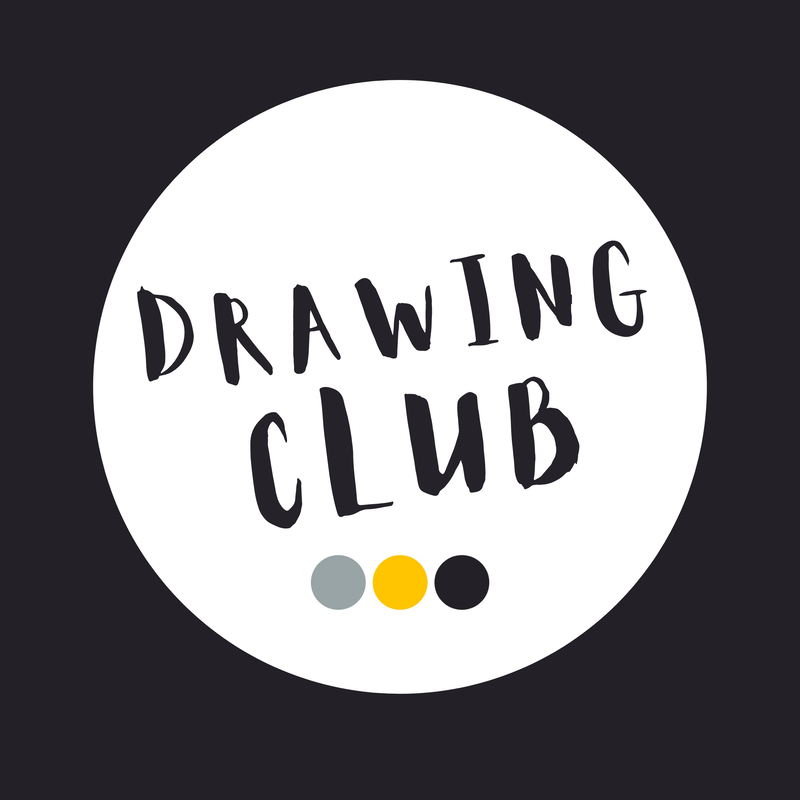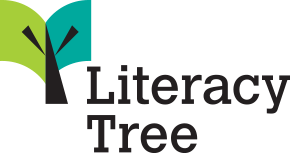English: Writing
Let us remember, that one book, one pen, one child and one teacher can change the world"
- Malala Yousafzai.
At Coddington Primary School and Nursery, we use 'Drawing Club' in Reception and 'The Literacy Tree' scheme in KS1 and KS2, to provide a progressive and sequential language-rich literacy curriculum that empowers children to grow in independence and confidence with their writing.
Drawing Club
Children in Foundation start to explore writing through the 'Drawing Club'.
Drawing Club is an approach designed by Greg Bottrill that immerses children into a world full of imagination. We at Coddington fully embrace drawing club and can see the joy it brings to our children.

It is through Drawing Club that we open up the magic world of tales and story to children whilst at the same time enriching their language skills, developing their fine motor and share a really special time with them. Drawing Club is a fantastic place to start a child’s experience of school ‘Literacy’
- Monday- Vocab and character
- Tuesday- Vocab and setting
- Wednesday- Vocab and I wonder if...
- Thursday- Vocab and I wonder if...
- Friday- Vocab and I wonder if...
Drawing Club is based upon the 3M principle. These are making conversation, mark-making and mathematics. We use a book, traditional tale or an animation as a portal for the week. Children learn new, exciting vocabulary that we revisit each day of the week. We draw characters on a Monday, settings on a Tuesday and we ‘wonder’ on a Wednesday, Thursday and Friday.
We add maths to our drawings by talking about shapes, doubling, halving, addition, subtraction etc. We might be drawing a troll with a spherical shaped head, 2 strong, wiry hairs on his chin and double this amount coming out of each ear. He has one more than 4 buttons on his filthy, ripped shirt. Children observe as the teacher models Drawing Club each morning and then get the opportunity to complete their own drawings throughout the day.
One of the most exciting parts of Drawing Club is adding secret symbols and passwords to our drawings. We always draw a secret symbol that can make anything happen! Sometimes we press them and aliens or unicorns become 3 times bigger, pencils turn into chocolate or hair turns multi-coloured! We then add a password to make the secret symbol work. This can be a mark, letter, digraph (2 letters that make one sound), a word or a sentence. As children make progress and become more confident with their phonics, their passwords develop and move towards phrases and sentences.
Literacy Tree
Literacy Tree is a book-based approach which motivates children to write for a range of audiences and purposes using high-quality, diverse children’s literature by significant authors. We do this by immersing children in a range of literary worlds and themes, heightening engagement and creating curiosity through process drama, discussion and debate. This allows children to see themselves represented, and also explore the lives and experiences of others.

Literacy Tree is split into distinct areas and teachers plan writing lessons based upon the award-winning Writing Roots sequences.
Book-based Writing Roots are sequences of detailed lesson plans between ten and twenty sessions in length. They are based on a wide range of high quality and significant children's literature chosen to engage, challenge and support children to be critical readers and confident and informed writers. The process is detailed below in the image.
All National Curriculum requirements of grammar, spelling, vocabulary, literary language and composition are embedded, leading towards a variety of purposeful and exciting shorter, longer and extended writing outcomes where the audience and purpose is clear.
At Coddington Primary School, the Literacy Tree texts are mapped out to link to overarching topics and Big Questions and ensure progression and National Curriculum coverage across all year groups.
For more information about Literacy Tree, please go to https://literacytree.com
